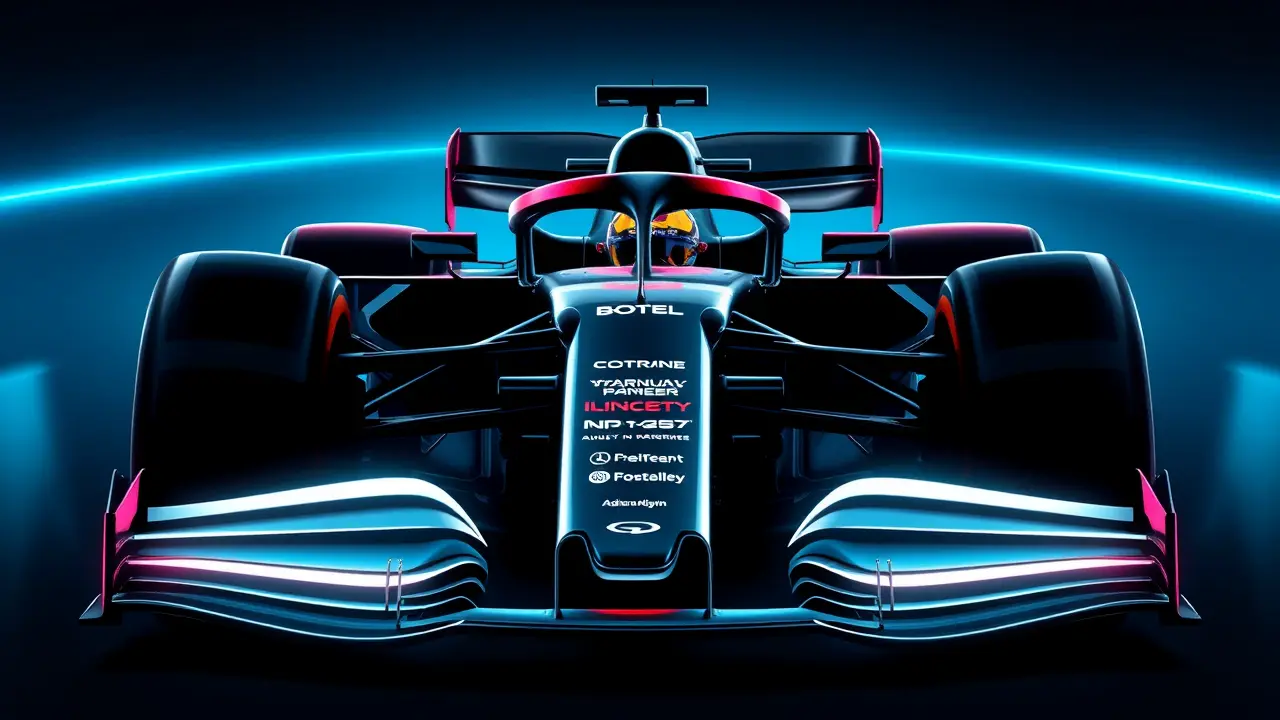
SportmotorsportFormula 1
Adrian Newey: Top F1 Teams Likely to Stay Ahead Under New Regulations
JA
Jack Turner
3 weeks ago7 min read
In the high-stakes, technologically obsessive world of Formula 1, where aerodynamic whispers can mean the difference between a podium finish and a midfield scrap, the words of a design legend like Adrian Newey carry the weight of prophecy. The managing technical partner for Aston Martin has cast his gaze toward the horizon of the sport’s next great regulatory shift, and his prognosis is a sobering one for the hopeful underdogs: the established hierarchy, he suggests, is likely to hold firm.Newey, the architectural mastermind behind multiple championship-winning machines, posits that while the upcoming technical rulebook overhaul presents a theoretical chance for a seismic shake-up—akin to the 2009 revolution where his own Brawn GP and the emerging Red Bull shattered the dominance of titans like Ferrari and McLaren—the smart money remains on the current front-runners. This isn't mere pessimism; it's a cold, hard analysis of the sport's inherent dynamics.The top teams—Red Bull, Ferrari, Mercedes—possess not just superior funding but a deep, institutional knowledge, vast simulation resources, and wind tunnel hours that are the envy of the grid. A regulation change, for them, is not a reset but a new puzzle to be solved with greater efficiency and a larger R&D army.For a squad like Aston Martin, or the resurgent McLaren, the challenge is Herculean. They must not only interpret the new rules correctly but do so while playing catch-up in a relentless development war.Newey’s candid admission that he has ‘no idea’ how his own team will fare underscores the beautiful, terrifying chaos of a true regulatory clean sheet. It’s a high-risk, high-reward gamble where a single conceptual breakthrough, a ‘double-diffuser’ or ‘zero-pod’ moment, can rewrite the entire competitive landscape overnight.Yet, history often sides with the prepared. The 2014 hybrid era transition, for instance, saw Mercedes unlock a power unit advantage so profound it defined a decade, precisely because they had thrown more resources at the problem earlier than anyone else.The 2026 changes, focusing on new power units and a revised aerodynamic philosophy, represent a similar fork in the road. Will Red Bull’s new powertrain division, Red Bull Powertrains, rise to the challenge without the guiding hand of their star designer, or will the manufacturing might of Ferrari or Mercedes-Benz High Performance Powertrains create an unassailable ICE advantage? The political and technical battles being waged in boardrooms and R&D centers right now will determine the pecking order for years to come.Newey’s commentary, therefore, is less a prediction and more a statement of the brutal economic and technical realities of modern F1. It’s a reminder that while fairy tales like Brawn 2009 are possible, they are the glorious exception, not the rule.The path to the front is littered with the broken carbon fiber of good ideas that were simply out-spent and out-developed. For the fans, this creates a tantalizing narrative: will 2026 be a coronation of the established elite, or will we witness another glorious, paradigm-shifting upset that becomes the stuff of motorsport legend? Only the stopwatch will tell, but as Newey implies, betting against the houses with the deepest pockets is rarely a wise move.
#featured
#Adrian Newey
#Aston Martin
#Formula 1
#technical regulations
#2025 season
#team performance
#Red Bull
#Ferrari
#McLaren
Stay Informed. Act Smarter.
Get weekly highlights, major headlines, and expert insights — then put your knowledge to work in our live prediction markets.
Related News
Comments
Loading comments...
© 2025 Outpoll Service LTD. All rights reserved.